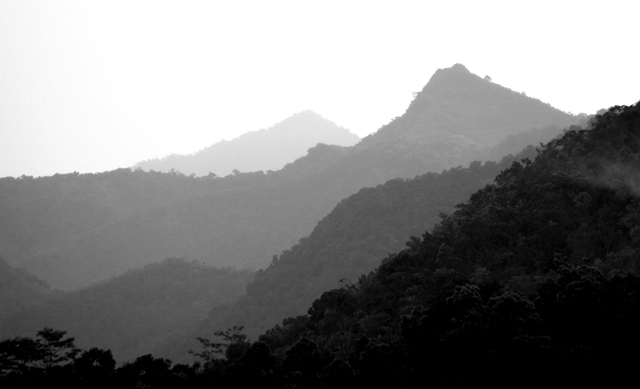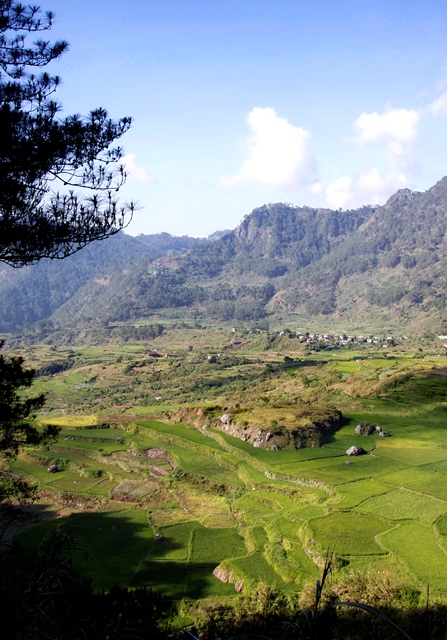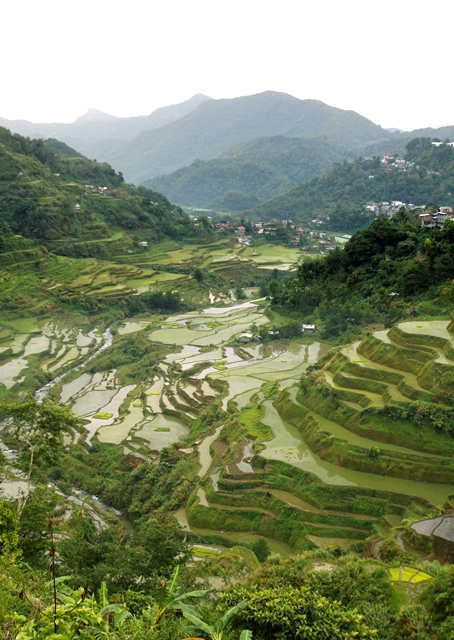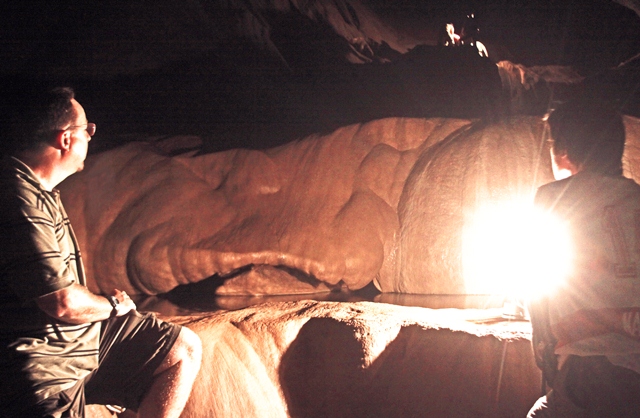
As the world’s second-largest archipelago, the Philippines has no shortage of beautiful beaches. But as David Bowden shares, an off-the-beaten-track inland vacation is also a great way to experience this diverse island nation.
The main geographical characteristic of the Philippines is the fact that it is a country of islands, just like neighbouring Indonesia. Interestingly, most islands are different in their features and characteristics to add to the appeal of holidaying here. The larger islands of Luzon and Mindanao also have mountainous interiors that are worth exploring.
The Philippines is a country that often gets overlooked by holidaymakers, but with some 7,000 islands, geographical diversity is evident in many. The national capital Manila is a city on the move, in a manner of speaking. While the city is definitely progressing, its notorious traffic jams are certainly an impediment to progress. Many tourists visit Manila to shop or to explore its historic precincts while more adventurous travellers may want to head north through the central cordillera of the main island named Luzon.
Negotiating the traffic is not only an issue in the capital but also on the open roads which can be narrow and congested with all forms of vehicles moving at varying speeds. Those who travel in a group or family would be well-advised to hire a van with a driver.
Baguio Cool

Baguio, a four-hour drive north of Manila, is a cool mountain resort that will appeal to those who like to chill out in the cool mountain air. Walking along trails shaded by towering pines is one of the most appealing activities, and just out of the bustling town there are strawberry fields where visitors can pick their own juicy berries and pay by weight.
Golf is another good reason to make the journey to Baguio, and the 18-hole Baguio Country Club course at Camp John Hayes (it is named after the former US military base that once occupied the area) is the one of many courses in the country which Filipino golfers aspire to play. Situated at some 1,700m above sea level, a round of golf here is much more enjoyable than in the often hot and humid lowlands. The course’s popularity, especially at the weekend, means that reservations are essential.
Baguio’s premium accommodation is The Manor Hotel located adjacent to the golf course and hotel guests are given priority on the course. Hotel facilities are very good with well-equipped rooms and some smart restaurants and bars. An in-room massage is the perfect way to relax after a mountain walk or a round of golf. The Mile High Centre, with a small selection of restaurants, bars, and shops, is within walking distance of the hotel.
Central Range

Venturing further north from Baguio and across what is known as the Central Cordillera is a route less travelled, but one that will especially appeal to adventurous travellers. From Baguio, it’s possible to venture off in a loop to Sagada, then onto the famous rice terraces of Banaue before heading back to Manila. This is a long journey, though, with periods of between six to ten hours in a vehicle, so don’t contemplate this if it sounds too “adventurous” for your travel tastes.
The route is mountainous and continually under repair because of small landslides along the steep slopes. Being in the Pacific Ring of Fire, earthquakes and landslides are ever-present threats, while typhoons add another complexity to all those who live in this part of the Philippines. While the journey is picturesque, with many opportunities for photos along the way, there is no other option but driving, as there are no airports in the mountainous interior.
Sagada has a reputation amongst Filipino urban residents as a rural retreat in which to relax and get closer to nature, and so it can get a bit crowded, especially during local holidays. Sagada is also well-known to intrepid backpackers who travel here for its limestone caves, mountain trails, affordable accommodation, rice terraces, and whitewater rafting.
Central Luzon is home to the Ifugao people, who are one of several ethnic groups considered to be the aboriginal inhabitants. They live and farm on steep mountain slopes which their ancestors carved terraces into over the centuries.
Ancient burial ceremonies, in which bodies were placed in carved wooden coffins and then suspended on the sides of limestone cave walls, were practiced by the animist ancestors of the district.
Most visitors are taken to a cave containing some 30 carved wooden coffins stacked high. In neighbouring Sumaguing Cave, it is possible to head inside to explore a series of beautiful limestone pools located some 30 minutes within the cave. To be certain, none of this is for the faint-hearted, but for those with an adventurous spirit, its isolation, beauty, and the sense that you are going where few have gone before indeed has its own rewards.
There are also several walks around the town, with some longer treks into the surrounding mountains or more leisurely ones through thriving rice fields along the valleys.
Accommodation in this remote location is limited and very basic. There is no one large hotel and most tend to be small family-owned operations. One option is St Joseph’s Inn with a few rooms that contain little more than a bed, light, shower, and toilet (it used to be a nunnery). There are several small restaurants in town that serve both local delicacies and international favourites, with the locally grown coffee being excellent for both consumption there and as a gift to bring
back home.
Rice Terraces

From Sagada, it’s a four-hour drive to Banaue mostly along a narrow unsealed road. The valley along the journey is lined with steep rice and vegetable terraces, and it’s hard not to be impressed by the sheer scale of this engineering feat. Evidence suggests that these terraces could be 2,000 years old. In Banaue, the View Point is the best place to appreciate the beauty of the terraces, often referred to as the unofficial eighth wonder of the world. No one seems to have capitalised on the tourism potential of the area, so there’s no significant bar, restaurant, or café to contemplate the wonder of the views. Despite being one of the Philippine’s most-publicised tourist attractions and a UNESCO World Heritage Site, the rice terraces of Banaue are special in that few tourists take the effort to make the arduous road journey from Manila. Jeepney tours can be arranged in the small town for trips to some of the more remote and picturesque terraces.
Luzon’s mountainous Central Cordillera is a destination that will appeal to adventurous travellers who want to get off well-trodden paths and head into the rugged hills to admire their scenic beauty. After a journey into the remote mountains of Luzon, Manila is a great place to recover from the long drive.
Travel Facts

Getting There:
The flight takes less than four hours; AirAsia, Cebu Pacific Air, and Malaysia Airlines fly from Kuala Lumpur to Manila. (AirAsia operates flights to both Clark and Aquino airports.)
Accommodation:
Stay in The Manor Hotel at Camp John Hay (www.campjohnhay.ph), Banaue Hotel (Tel: +63 74 386-4087) is the best place to stay amongst the rice terraces, and St. Joseph’s Inn (Tel: +63 74 443-5644) offers extremely basic accommodation in Sagada.
Contacts:
Philippine Tourism: www.tourism.gov.ph. Travel agent assistance is recommended as independent travel in the Philippines can be challenging. Annset Holidays (www.annsetholidays.com.ph) have a professional set-up.
"ExpatGo welcomes and encourages comments, input, and divergent opinions. However, we kindly request that you use suitable language in your comments, and refrain from any sort of personal attack, hate speech, or disparaging rhetoric. Comments not in line with this are subject to removal from the site. "


















